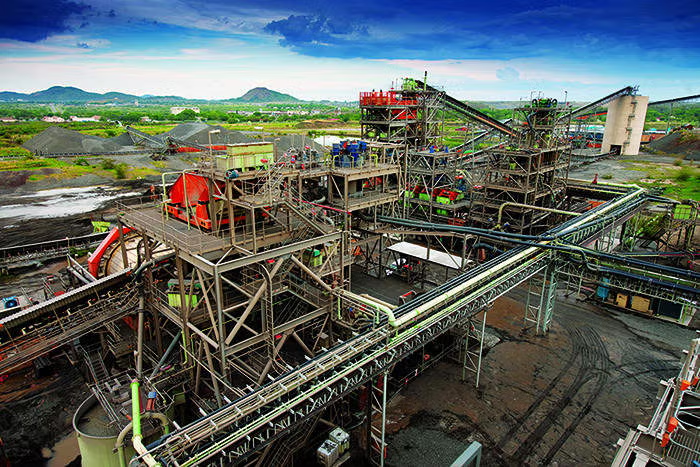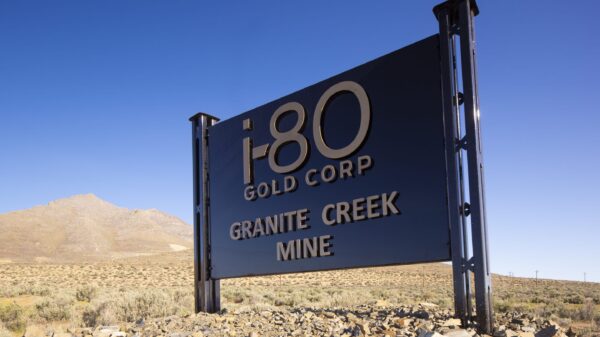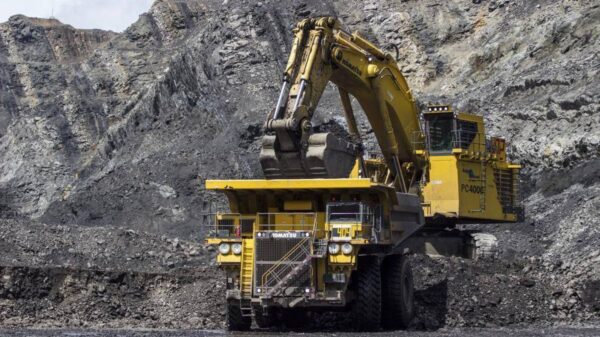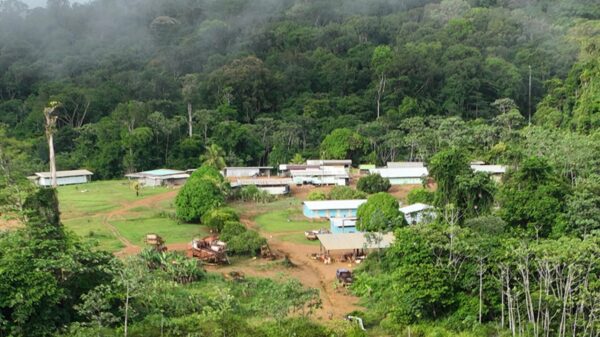South Africa’s government has once again missed the chance to breathe new life into its mining sector, according to analysts who say years of poor policy and regulatory confusion have driven investors away from one of the country’s most important industries.
At the recent Joburg Mining Indaba held earlier this month, Mineral and Petroleum Resources Minister Gwede Mantashe failed to reassure companies that South Africa was serious about reviving its struggling mining industry. Many hoped he would outline a clear plan to reverse decades of decline. Instead, his remarks were described as directionless and dismissive of the sector’s growing concerns.
Mining analyst Peter Major of Modern Corporate Solutions said the minister’s closing speech at the Indaba could have marked a turning point for the country. He explained Mantashe had the perfect platform to admit past policy failures and arrange steps to restore investor confidence. Instead, Major said, the minister appeared detached from the urgency of the situation. He added that Mantashe seemed more focused on cracking jokes than addressing structural issues.
Observers say the industry’s decline has been years in the making. Over the past two decades, South Africa’s mining output has stagnated, despite vast mineral reserves still in the ground. Once the world’s leading producer of gold and platinum, the country has since fallen behind competitors in Africa and beyond. No major new exploration projects have been launched in years, leaving the country sidelined during multiple global commodity booms.
Industry leaders blame a combination of regulatory red tape, inconsistent government policy, and periodic threats of mine nationalisation. These issues, combined with failing infrastructure and unreliable electricity, have discouraged foreign investors.
Read more: NevGold Expands Gold-Antimony Potential at Limousine Butte in Nevada
Read more: GoldMining chooses to retain its NevGold shares for next 18 months
Formerly the envy of the world
Major said South Africa’s drop in global mining rankings has been staggering. The country’s annual gold output, he noted, has plummeted from roughly 650 tonnes to about 90 tonnes. He emphasized that a significant portion of South Africa’s gold remains untapped and still economically viable to mine.
He also pointed to a broader trend across multiple commodities. Coal and iron ore production have both fallen sharply compared to three decades ago. Once a global heavyweight, South Africa is now losing ground to countries such as Botswana and Namibia, where governments have streamlined regulations and encouraged new investment.
“Thirty or forty years ago, we were the envy of the world,” Major said, noting that Anglo American plc (LSE: AAL) (OTCMKTS: NGLOY), a flagship South African miner, was once among the largest investors from the United States. “Now, we are seeing what happened in Zambia and Zimbabwe unfolding here—decline, stagnation, and lost opportunity.”
Anglo American’s CEO Duncan Wanblad echoed those concerns at the Indaba. He further stressed that exploration and permitting delays have cost South Africa an entire generation of new mines. He also explained that it typically takes 17 years for a deposit to move from discovery to full-scale production. That means even if reforms began immediately, it could take two decades before new projects start contributing to the economy.
“The data show we’ve foregone a generation of mines,” Wanblad said.
Read more: NevGold’s latest Nevada drill results show exceptional gold mineralization
Read more: NevGold closes its Nutmeg Mountain acquisition with Goldmining for $3 million
Mining once the backbone of South Africa’s economy
This stagnation has far-reaching consequences.
Mining was once the backbone of South Africa’s economy, shaping its cities, labour force, and currency. When commodity prices rose, the country thrived. Booms strengthened the rand, filled state coffers, and allowed the government to expand infrastructure and social spending. But as prices fell, mines shut down, jobs disappeared, and tax revenues collapsed.
South Africa has long weathered these cycles. Yet in recent years, the country has missed the upside of commodity rallies and suffered the full impact of downturns. Analysts say this pattern underscores the extent of the sector’s dysfunction. Without new discoveries or improved production, South Africa cannot benefit from global price surges in gold, platinum, or bulk commodities.
The country’s failure to adapt has been especially damaging given the global shift toward renewable energy and critical minerals. Nations worldwide are ramping up exploration for metals essential to green technologies, but South Africa has not kept pace. Additionally, the lack of progress risks locking the country out of future supply chains for battery and energy transition materials.
Major argued that the problems stem from leadership unwilling to confront its own record. He said Mantashe had nearly a decade to reverse the decline but instead presided over continued deterioration. His reluctance to admit past mistakes, Major added, reflects a broader culture of political defensiveness that prevents meaningful reform.
Critics also point to the cumbersome Mining Charter, which outlines ownership and transformation requirements. While designed to promote equity, many investors see it as overly complex and inconsistent. Mantashe has also doubled down on the existing model, reinforcing perceptions that the government prioritizes control over growth.
Read more: NevGold delivers major growth at Idaho gold project
Read more: Antimony recovery results from NevGold’s Limo Butte project exceed expectations
Few investors willing to take the risk
This has created an environment of policy uncertainty. Exploration companies, particularly smaller ventures, are reluctant to commit funds without clear and stable rules. Furthermore, ongoing electricity shortages, deteriorating transport networks, and bureaucratic inefficiencies have made operations more expensive and less reliable.
As a result, even with gold trading near record highs, few investors are willing to take the risk. South Africa’s vast mineral wealth—once a symbol of prosperity—now serves as a reminder of missed potential.
Economists warn that the country cannot afford further stagnation. Mining still plays a significant role in supporting employment and export revenues. Each lost opportunity, they say, weakens South Africa’s ability to fund infrastructure, education, and social programs.
Despite this, there are no signs of an imminent turnaround. Analysts say that unless the government embraces reform and works to rebuild trust with investors, the decline could become irreversible.














